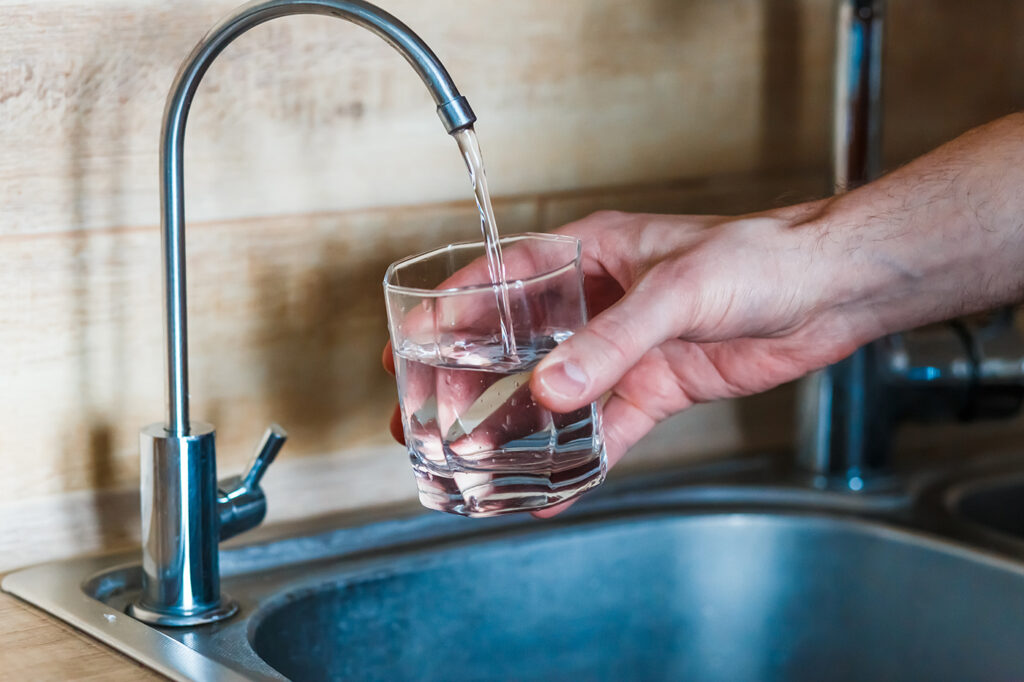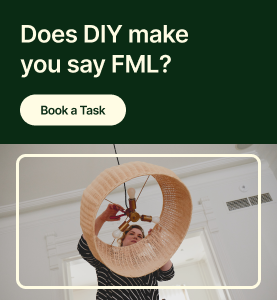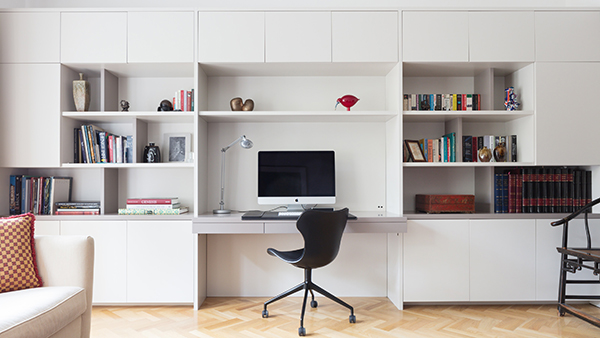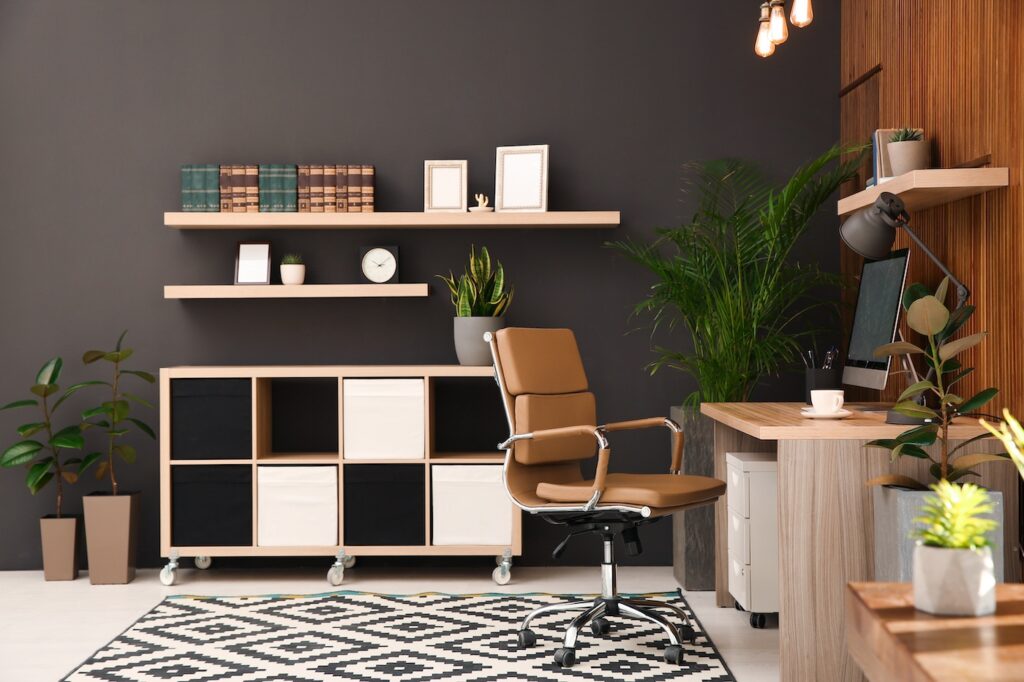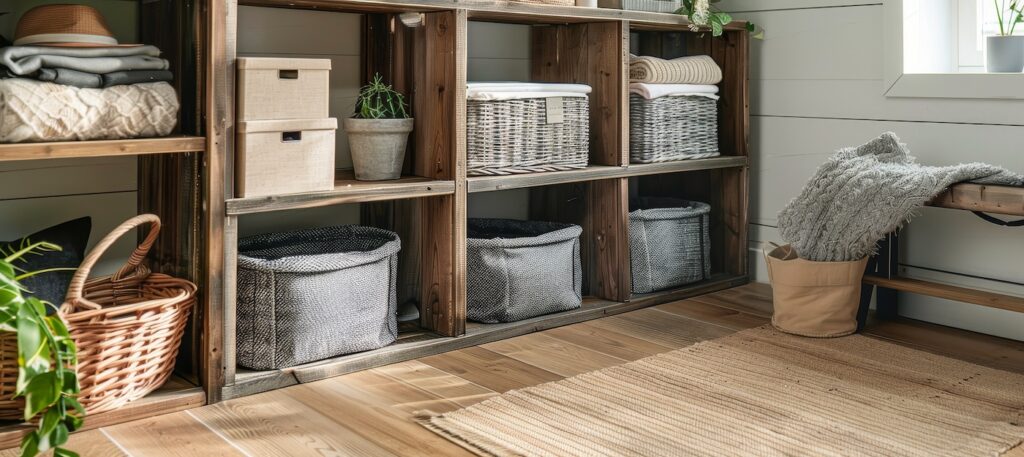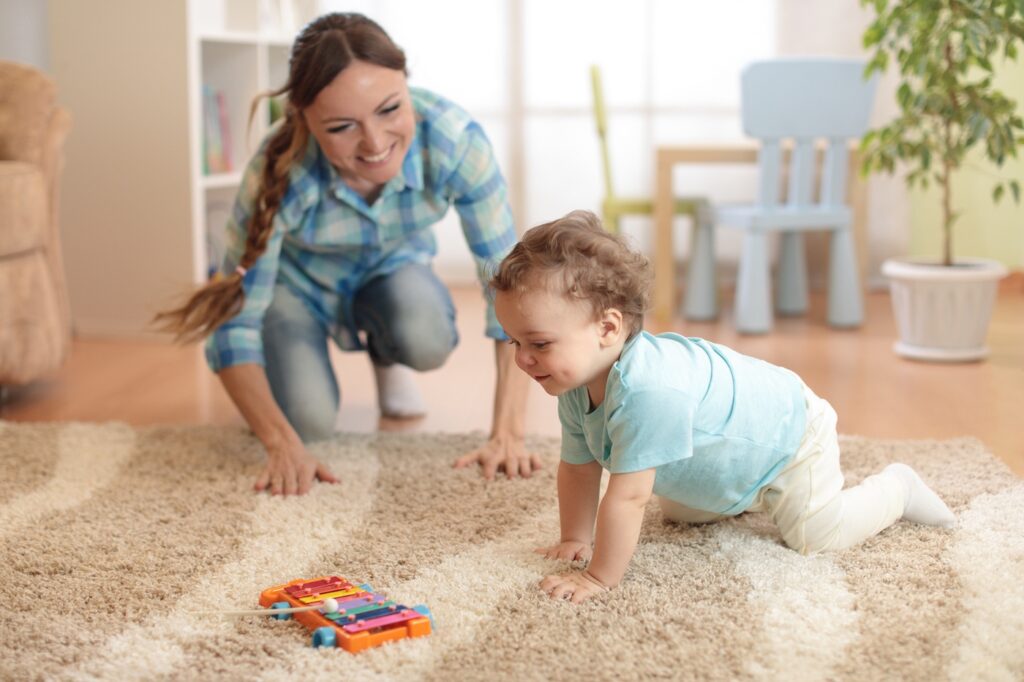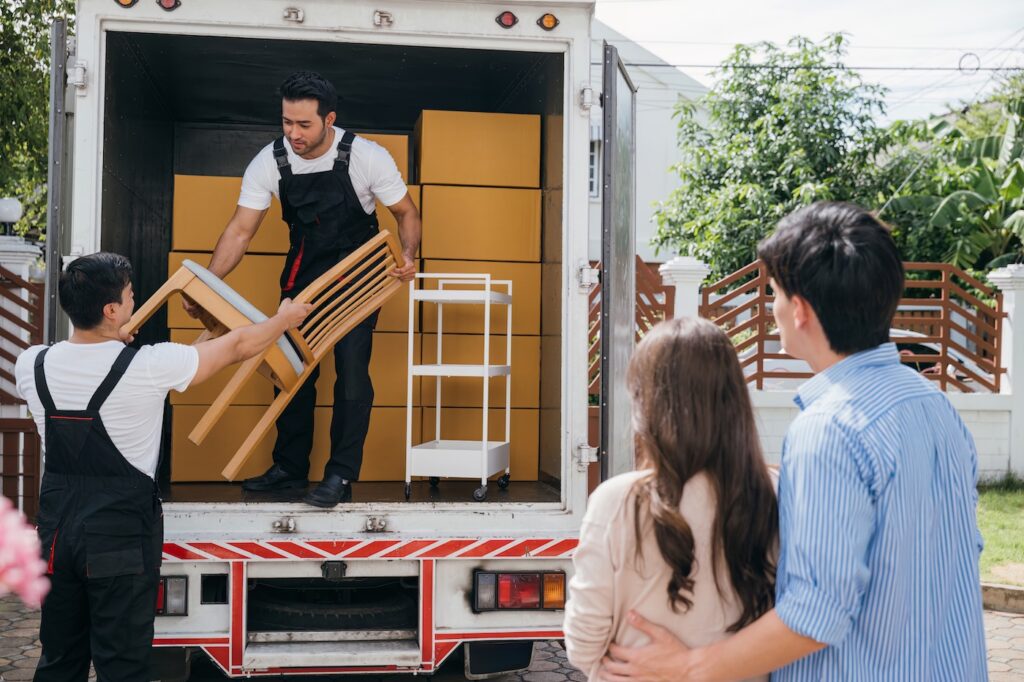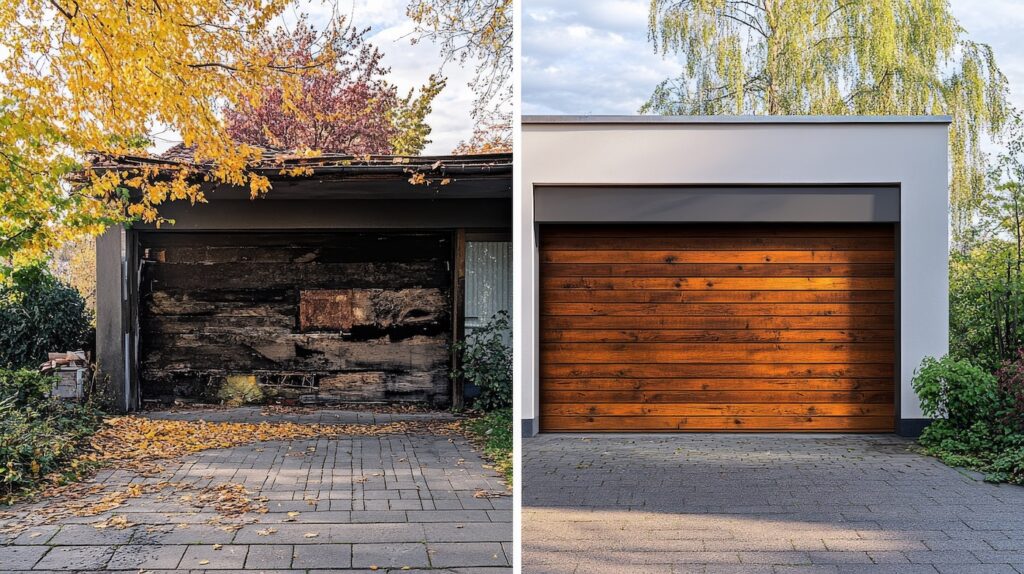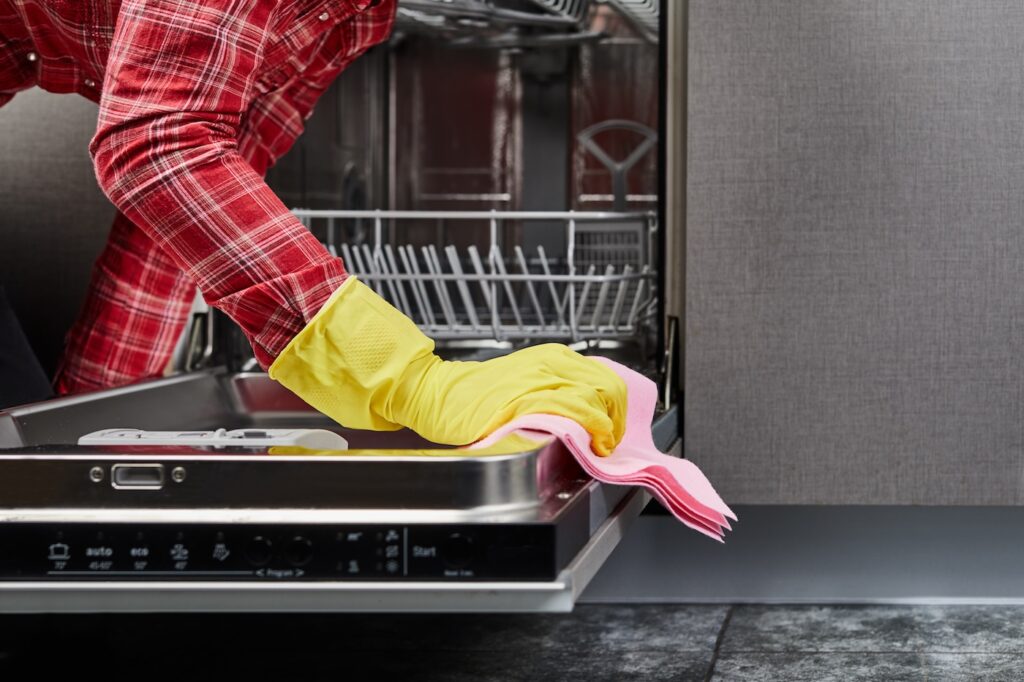Picture this: You have clean, refreshing drinking water flowing from every faucet in your home. If that sounds like a pipedream, it’s not—you can make this your reality with a whole-house water filter! Forget ordinary faucet-mounted or pitcher filters that only protect a single tap; with a whole-house water filter, you can take care of your tap water at the source. This way, you can effectively remove contaminants like chlorine, sediments, heavy metals, and other hidden microorganisms.
Are you a homeowner who’s ready to take charge of your home’s water quality? Great! This article will provide DIY steps for whole-house water filter installation so you can safeguard your drinking water and protect your appliances, plumbing systems, and surfaces from all those impurities. Let’s watch that water flow.
Supplies Needed
Before you install your whole-house water filter, you’re going to need some tools:
Tools
- A whole house water filter system
- Mounting bracket or straps (these should be provided with your filter)
- Teflon tape
- A pipe cutter or hacksaw
- A bucket to catch any remaining water
Steps for Whole-House Water Filter Installation
Here are your easy, DIY steps to install a whole-house water filter.
1. Choose Filter Location

First things first: You want to choose the right location for your whole-house filter. It’s helpful to look for the main water line entering your home (usually located near the pressure tank or water meter). Once you’ve located that, find a spot with enough room on all sides to fit your whole-house filter. Tip: Make sure this location is easy to access so you can replace your filter or take care of any maintenance in the future.
2. Turn Off Water Supply

Now you need to turn off the water supply before you begin working on the pipes. Find the main shutoff valve (this is usually near the meter) and turn it to the “off” position.
3. Relieve Pressure in the Line

Once you’ve done that, go ahead and turn on a faucet somewhere else in your home to relieve built-up pressure in the pipes you’re about to remove. Leave this open until you finish the remaining steps.
4. Remove a Pipe Section

Here comes the fun part! Grab your pipe cutter or hacksaw to remove a section of the main water line. Take your time and try to create nice, square cuts on the open pipe ends so they’re left clean and smooth. You’ll want to remove enough so you have space to comfortably fit and connect the new filter according to the manufacturer’s instructions. Precise cutting is paramount for a proper fit and a leak-free experience.
5. Install the Filter
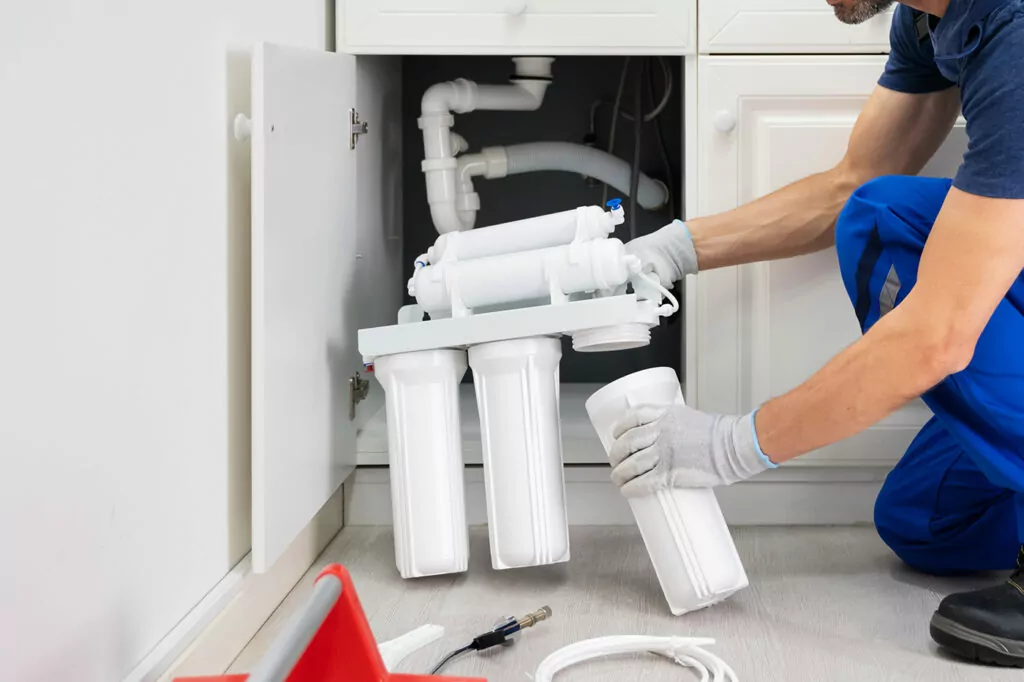
Now that you’ve removed a section of the pipe, you can now install the water filter! Again, look at the manufacturer’s instructions for mounting and securing the unit—different systems have different requirements, so don’t skip this part! Use the mounting brackets or straps provided with your filter and attach it firmly to the floor or wall. Double-check that it’s super secure because stability is key to preventing leaks and issues in the future.
6. Connect Inlet and Outlet Pipes

Next, you need to connect the cut pipe ends to the inlet and outlet ports that are on the whole-house filter. Before you connect, make sure you have the right fittings and transition pieces (take another peek at the manufacturer’s instructions!). You’ll also want to wrap the threaded portions with Teflon tape to provide an extra leak-proof seal. Rejoin the pipes and double-check that everything is nice and tight to prevent future drips and leaks.
7. Install the Drain Line

Depending on the model, your whole house water filter system might require you to install a drain line for backflushing or filter changes. Backflushing will help you get rid of any built-up sediments and filter cartridge replacements are needed about every 6-12 months to keep things moving. So, if the handy manufacturer’s instructions call for a drain line, identify the valve or outlet on the filter where you can connect it. Follow the steps to run this drain line from your whole-house filter unit to a floor drain, sink, or some other draining location. Lastly, make sure nothing is blocked or kinked—an improper drain line can lead to lots of leaks and other issues down the road.
8. Test for Leaks

Last but certainly not least, it’s time to check your handiwork! Take a look at the inlet, outlet, and any other valve or port on the new filter system. Make sure everything is completely closed off and sealed so you can catch any issues before they turn into something bigger. If everything looks nice and tight, slowly turn the main water supply back on.
People Also Ask:

Here are some frequently asked questions from homeowners about installing a whole-house water filter.
Can I install a water filtration system by myself?
Yes! You can definitely install it by yourself to get rid of impurities! But if you’re hesitant, book a Tasker.
Where do you connect a whole-house water filter?
Look for the main water line that’s entering your home (hint: it’s usually located near the pressure tank or water meter).
How much does it cost to install a whole-house water filtration system?
On average, it’ll cost about $2,000, but depending on the type of system you get it could range from $500 to $5,000.
How do you install a water filter on the main line?
Once you find the main line, turn off your water supply. Then, you’ll want to:
- Relieve water pressure in the line
- Remove a copper pipe section
- Install the filter
- Connect inlet and outlet pipes
- Install the drain line
- Test for leaks
Need Help?
If you’re not sold on the DIY of it all, you’re in luck: Taskrabbit’s plumbing services are here for you! Whether you need help with a whole-house water filter, want a shower head installed, are having trouble with your garbage disposal, or need assistance with general home improvement, Taskers can take care of it. Forget educating yourself on bypass valves—it only takes a few clicks to get a plumber right to your door. Easy, right?

